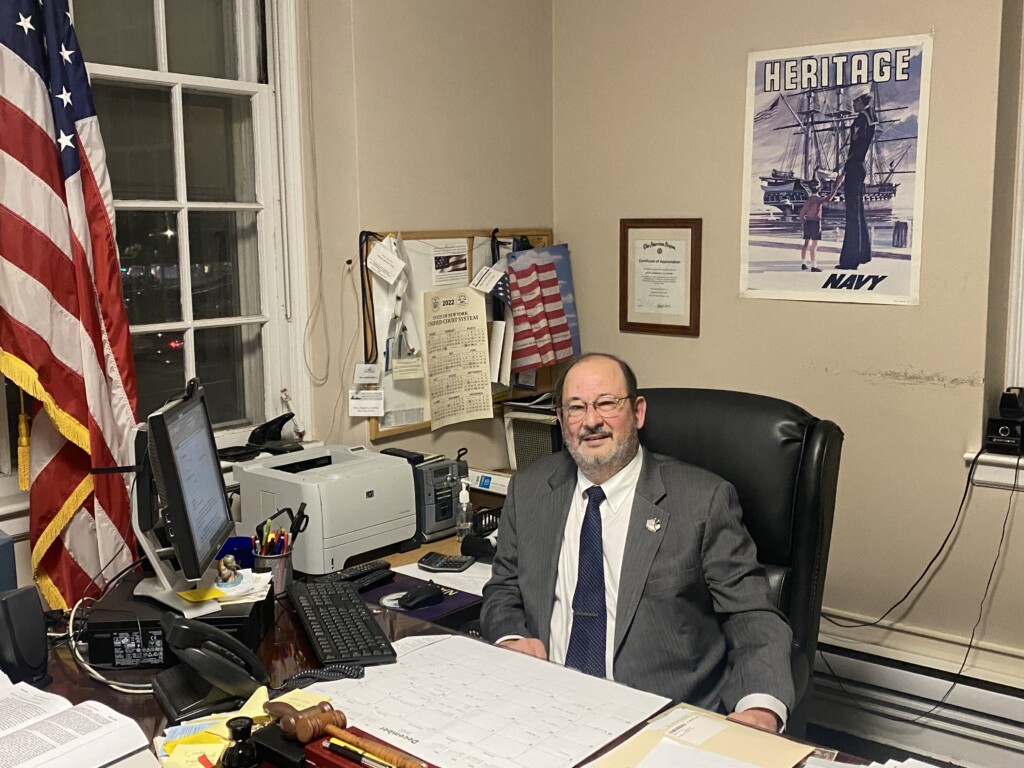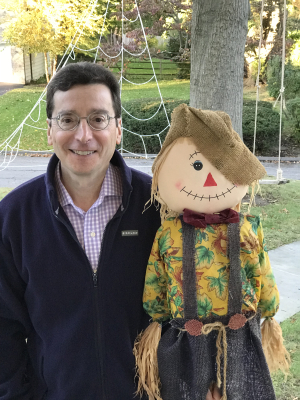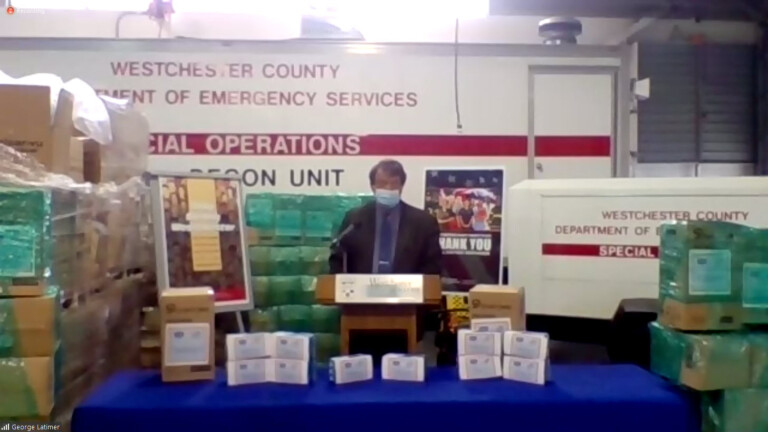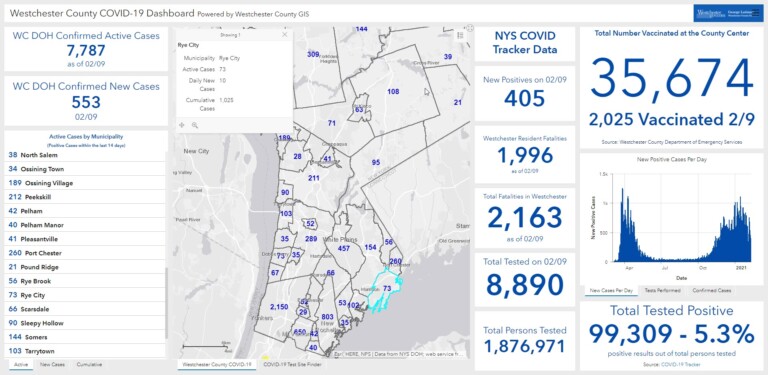Holding Court: Hearsay

Holding Court is a series by retired Rye City Court Judge Joe Latwin. Latwin retired from the court in December 2022 after thirteen years of service to the City.
What topics do you want addressed by Judge Latwin? Tell us.
By Joe Latwin
To prove a case, you need to offer admissible evidence. I have always said the touchstone of admissible evidence would be something the witness personally saw, heard, felt, smelled, or tasted themselves. The most usual impediment to evidence is the objection that it is hearsay. Hearsay is an out of court statement of a declarant offered in evidence to prove the truth of the matter asserted in the statement.
The statement being offered must have been made out of court. If the person making the statement (the declarant) is in court and testifying, they are subject to cross-examination to test the reliability of the statement. The declarant of the statement is a person who is not a witness at the proceeding, or if the declarant is a witness, the witness uttered the statement when the witness was not testifying in the proceeding. The typical hearsay statement is “Jane told me John said “it was raining.”
No statement made by a declarant is inherently hearsay. Whether the statement is hearsay turns on the purpose for which it is offered. If the declarant says “the car that hit me was blue”, and it being offered to show the car was indeed blue (such as to identify the car that hit him), it is being offered to prove the truth that the car that hit him was blue, the statement could be hearsay. On the other hand, sometimes a statement if offered to show that statement was made – not that it was true. For example, if the statement by a bystander offered is “watch out for the car”, it may be being offered to show that the person hit by the car had a warning of impending danger—not that there was a car that hit him. Other examples would be to show a person’s state of mind. “I know snakes are dangerous but I’m not afraid,” or a victim shouting out “rape” when being attacked.
A statement may be written or oral, or non-verbal, provided the verbal or non-verbal conduct is intended as an assertion. A person opening up an umbrella outside is their statement that they thought it was raining.
Like many rules, sometimes the exception swallows up the rule. This is the case with hearsay.
Admissions by a party to the case are usually not hearsay. A statement of a party which is inconsistent with the party’s position in the proceeding is admissible against that party even if the party is not testifying – “I know I owe you $500″. This may include agent’s speaking for a party (like a corporate officer or responsible employee).
In a criminal prosecution, certain testimonial statements by people who do not testify may be admissible. This usually involves experts that perform testing, such as for DNA or Blood-alcohol content. The test results may be admitted for the truth of the statement if the witness is unavailable to testify and the defendant had a prior opportunity for cross-examination, or the defendant engaged or acquiesced in wrongdoing that to make the witness unavailable.
There is a business records exception to hearsay too. Any record made in the regular course of any business and that was in the regular course of such business to make it, at the time of the act or within a reasonable time thereafter. This often happens with business ledgers.
Other exceptions include: coconspirator statements, declarations against penal or pecuniary interest, dying declarations, excited utterances, market reports, pedigree information, prior judgment of conviction, prior testimony in a civil or criminal proceedings, and statement for diagnosis or treatment.
To know hearsay is to know the exceptions.






